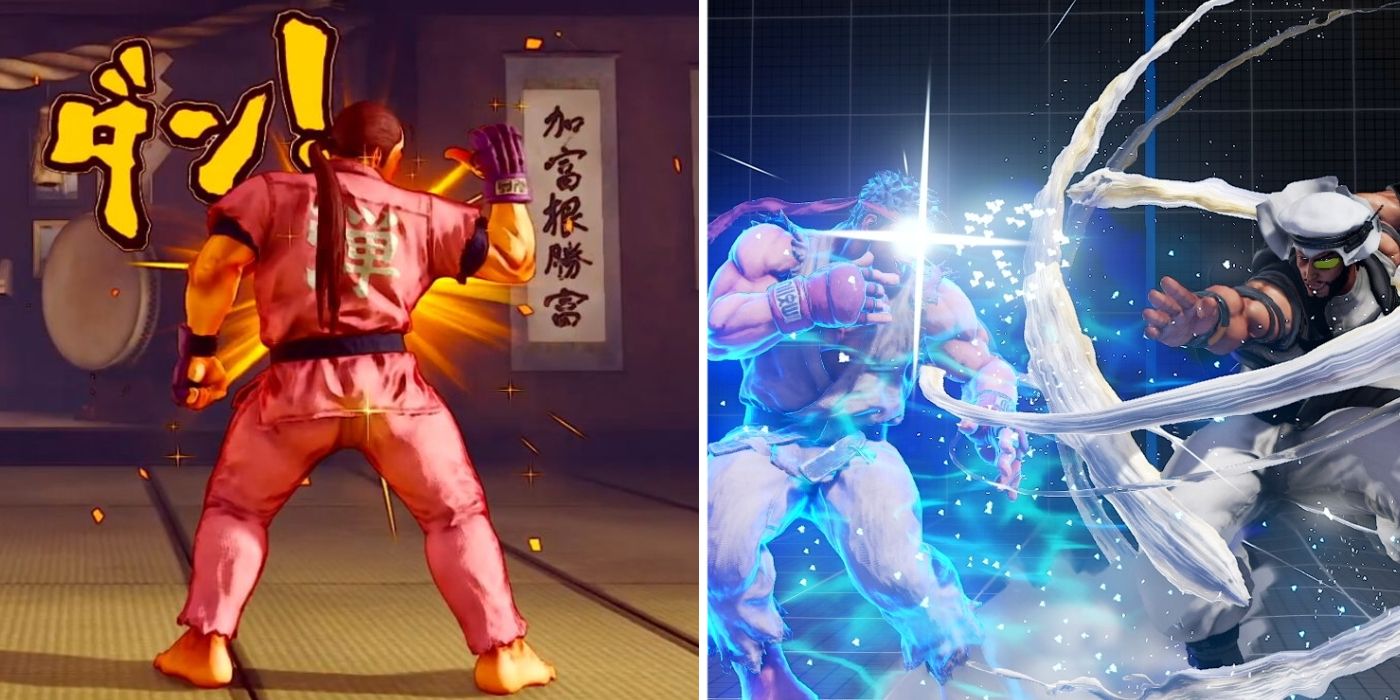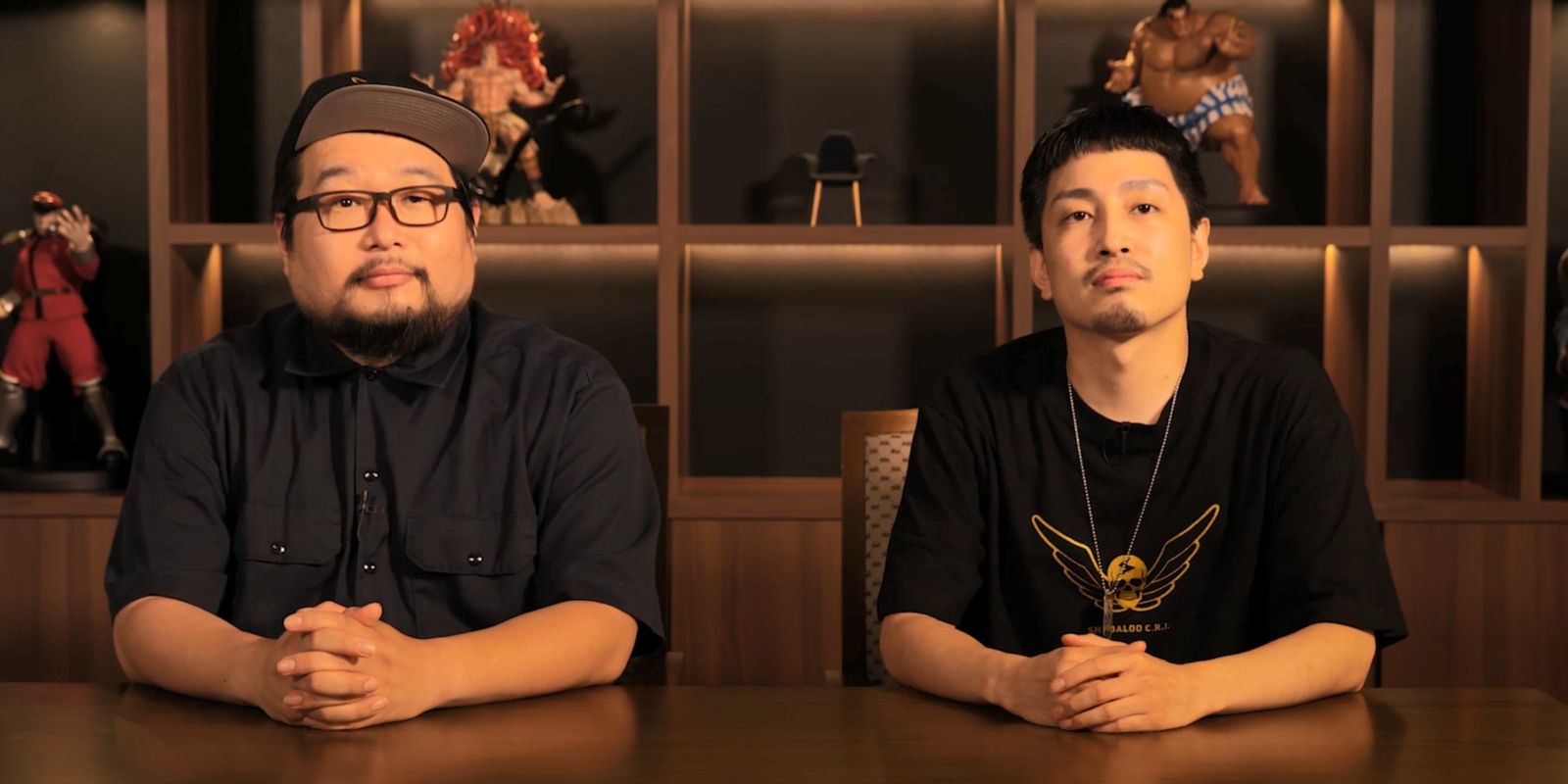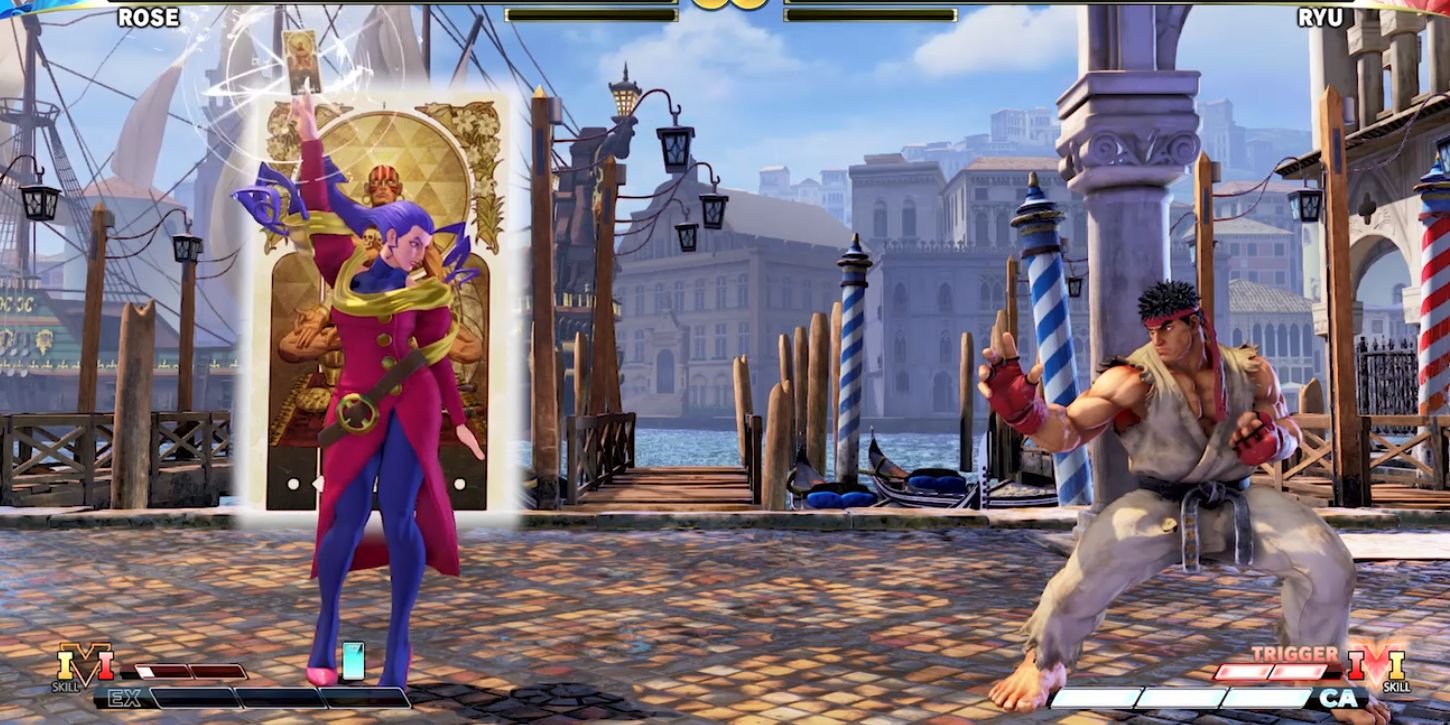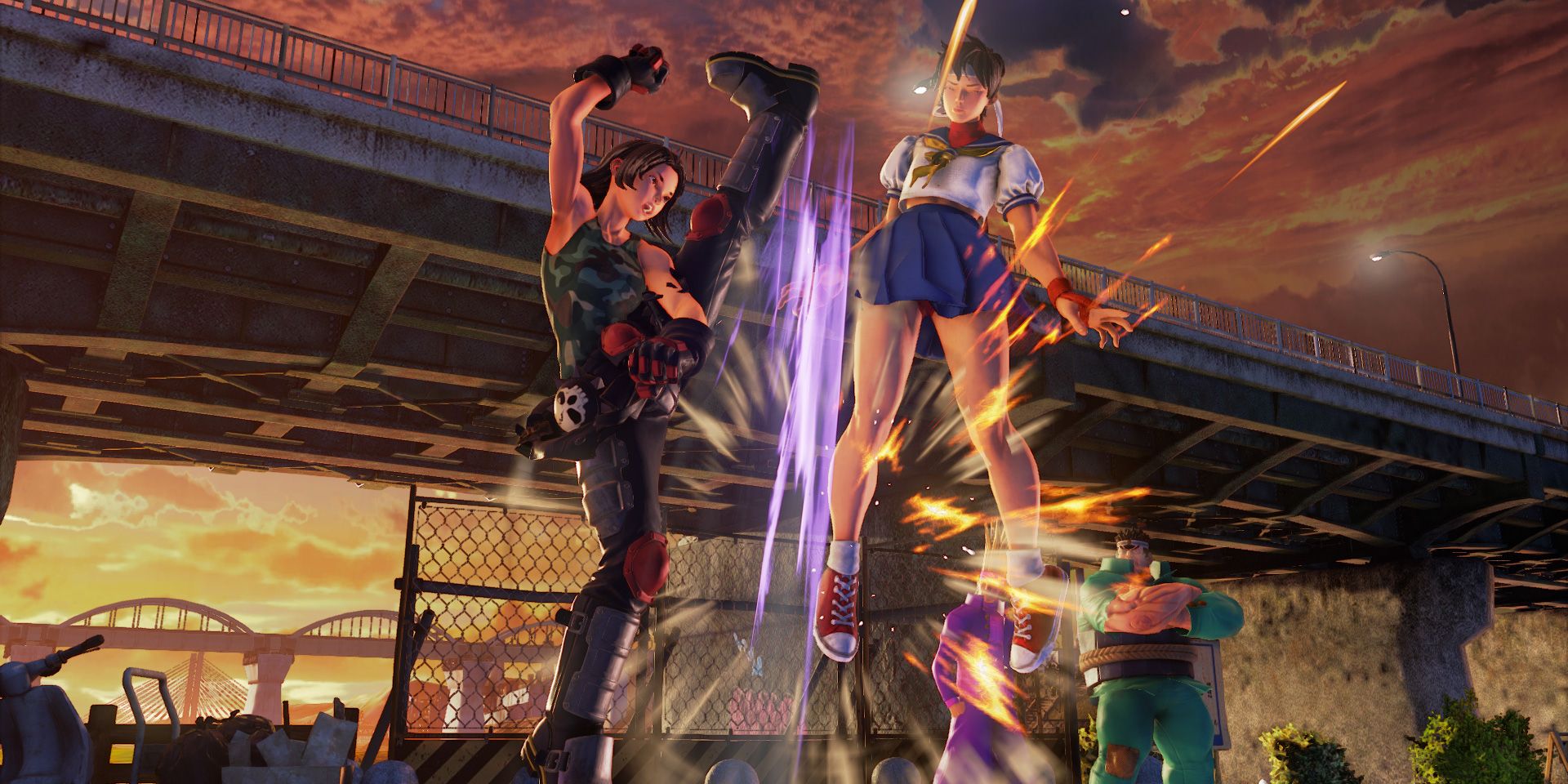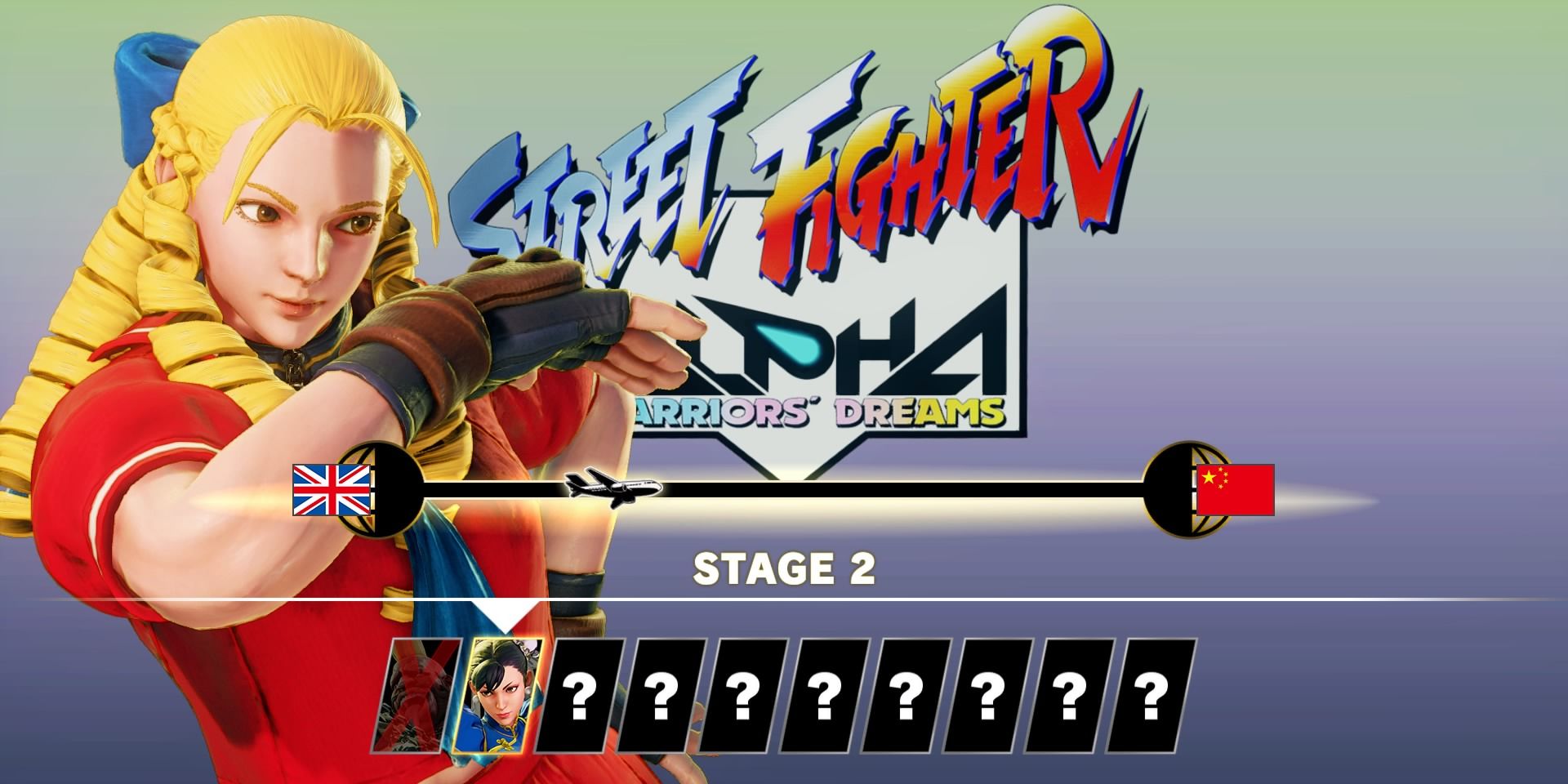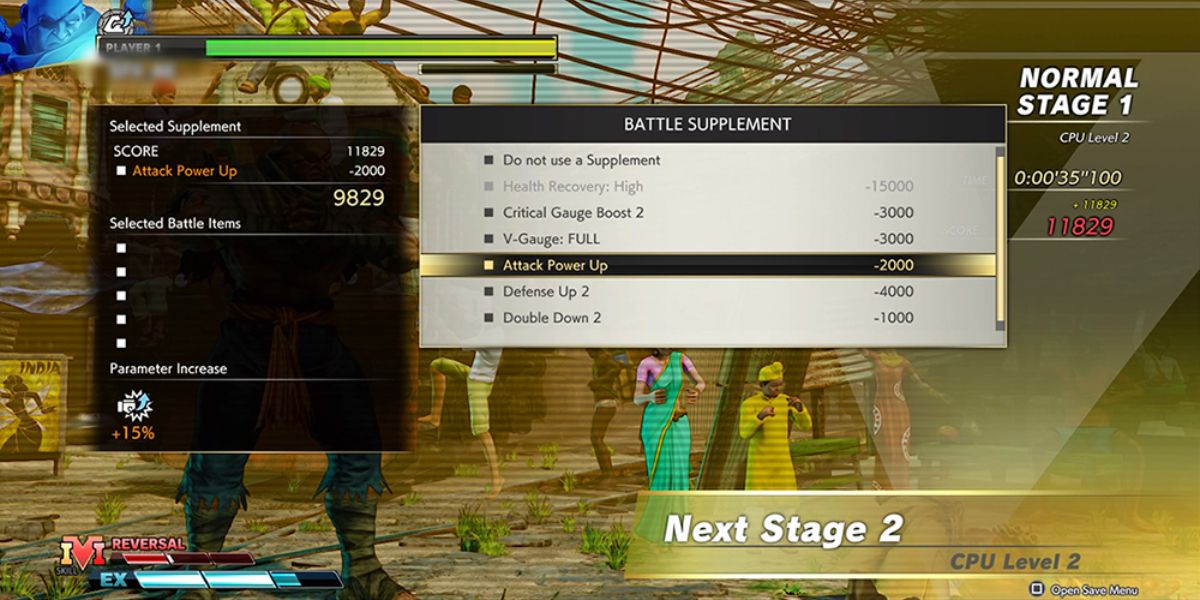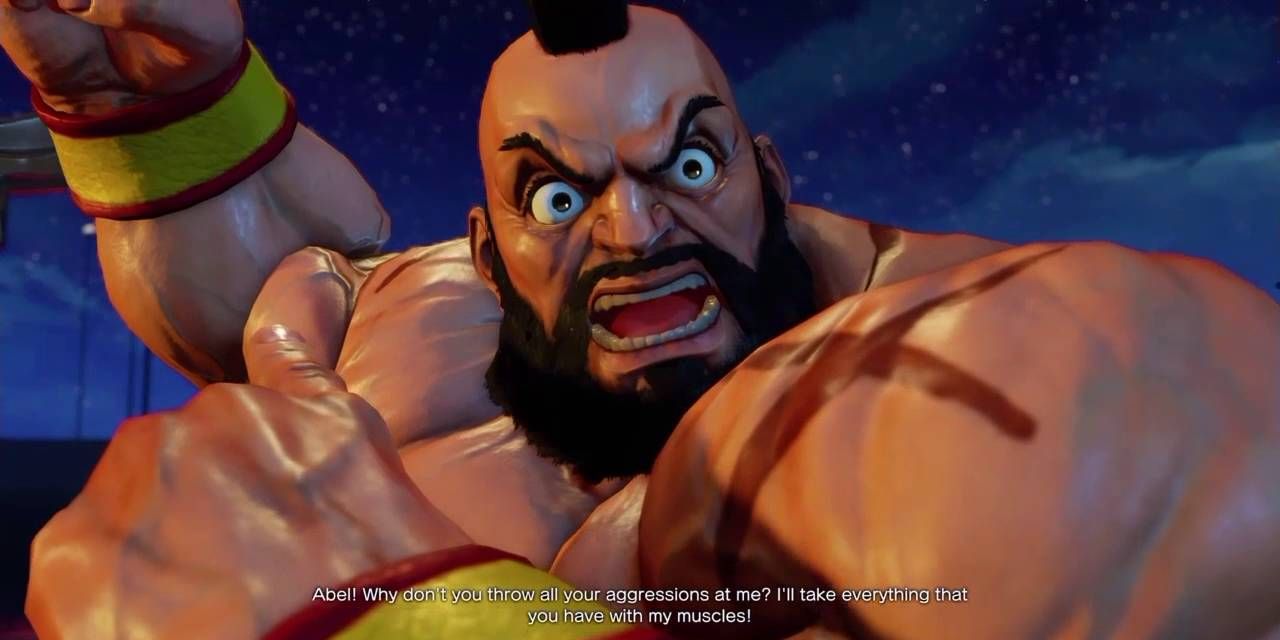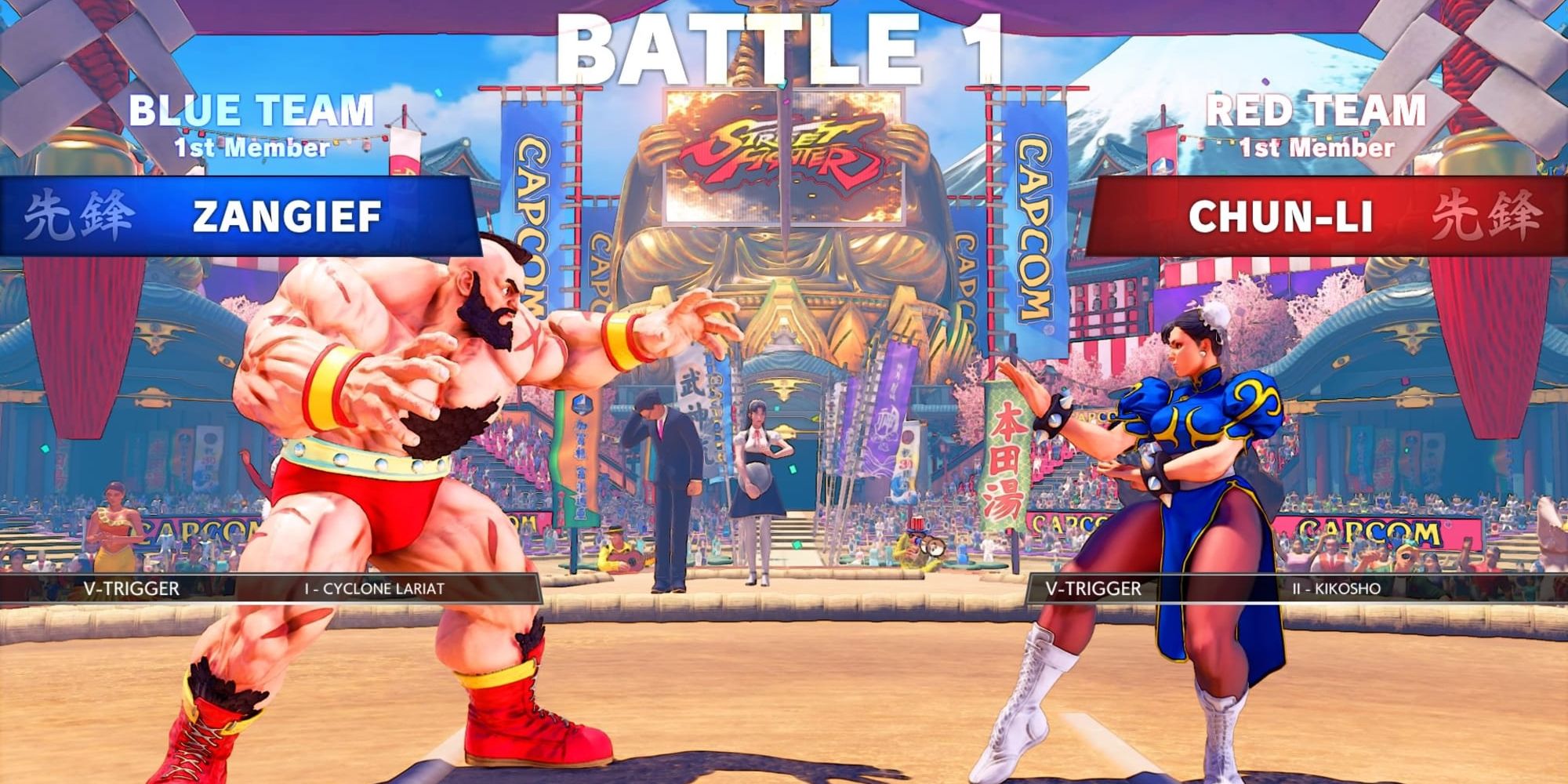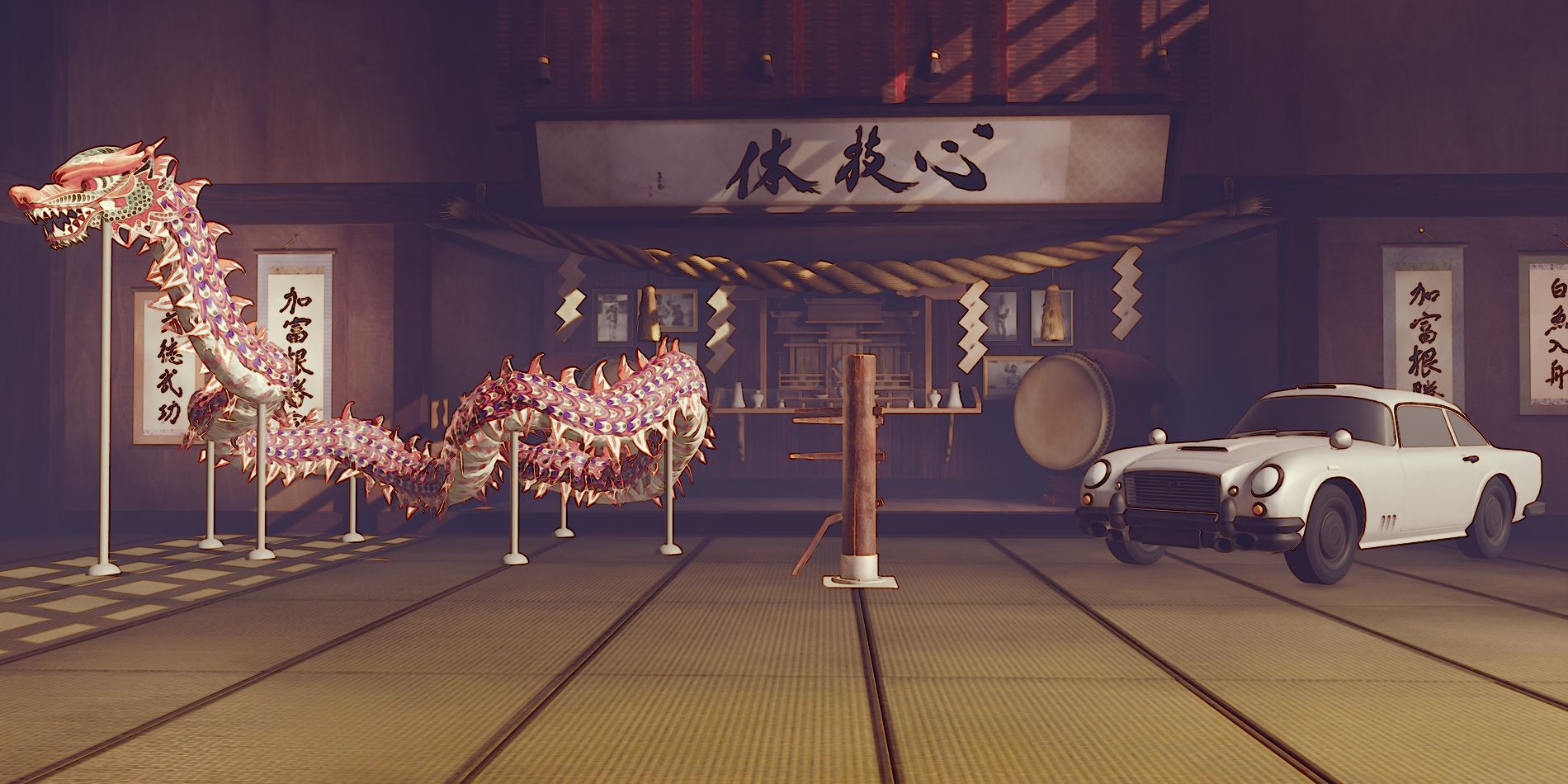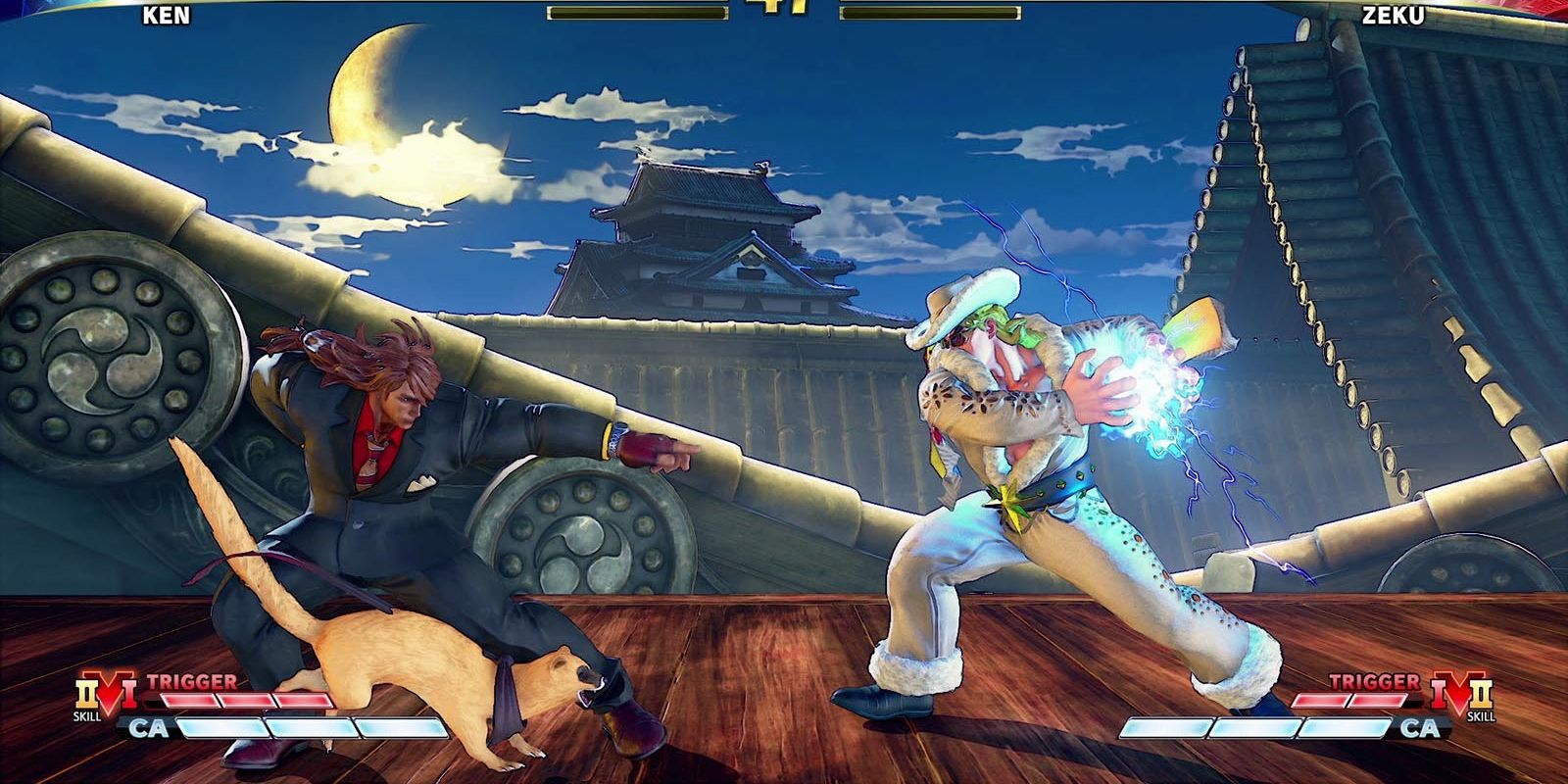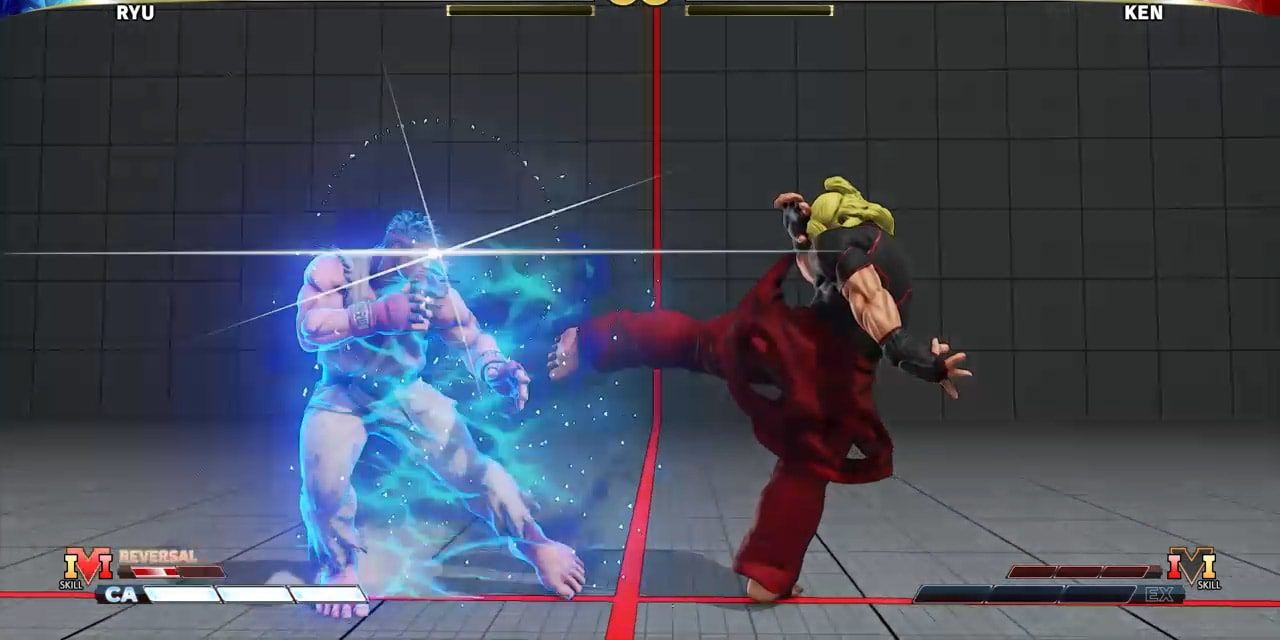Street Fighter V had a lot to live up to following in the footsteps of the Street Fighter IV series. SFIV revitalized not only the Street Fighter series but the fighting game genre as a whole. Sadly, SFV fell flat on its face when it was released in 2016, offering a small roster of 16 characters and minimal content beyond online.
In the fighting game genre, how a game finishes matters more than how a game began. The final version of a fighting game is the version players will be playing decades from now and will eventually be the first impression for most. This bodes well for SFV's legacy. Capcom would put a lot of work into improving SFV over the course of six years. While SFV still isn't perfect, but its improvements make it one of the best comeback stories in modern gaming.
10 Street Fighter Is Under New Management
There were numerous points in SFV's lifespan that could be seen as the turning point of the SFV series. No turning point was more well-received, and provided more optimism for the future of SF, than Capcom moving on from longtime producer and SF figurehead, Yoshinori Ono.
Ono was replaced by Shuhei Matsumoto in 2020. Matsumoto and director Takayuki Nakayama have made the most of their young partnership by refreshing the way SFV plays. Matsumoto and Nakayama also produced Nintendo Direct-like productions leading up to, and throughout, the final season of SFV — providing players with greater transparency in the decision and creation process.
9 Added Complexity And Balance Updates Make SFV Feel Like A New Game
One of the earliest criticisms of SFV's gameplay was how simplistic it was. Not only was SFV monotonous to play, but boring to watch competitive-wise. Over time, SFV introduced more complex characters, such as G and Rose, and gave existing characters more tools to work with.
The two most significant balance patches came in the post-Ono era. A majority of the characters now pulled off exciting and satisfying combos they never could in SFV, making SFV more fun to play and more enjoyable to watch. With how well-balanced SFV became, even the consensus top-tier, Luke, wasn't as anywhere near as tournament dominant as Android 21 (Lab Coat) had been in Dragon Ball FighterZ.
8 SFV's Roster And Stages Feel Fully Fleshed Out
Prior to SFV's release, Capcom made the commitment to make SFV the largest SF roster ever. With Luke's release, SFV has a final roster of 46 characters, including the shape-shifting "random select" character Eleven. Many classic and iconic characters have since made their return such as Sakura, Blanka, Sagat, E. Honda, Dan, and Oro. SFV also introduced the first Rival Schools character to the SF series: Akira Kazama.
SFV also has 33 stages from SF games past and present. Many of those 33 stages have alternate versions such as a different time of day or a holiday-themed variation. While these additional characters and stages came in the form of DLC, bundled versions of SFV were frequently on sale — ensuring that anyone looking to get into SFV got a lot of bang for their buck.
7 SFV Now Has An Arcade Mode
Quite possibly the most bizarre omission from the launch of SFV was the arcade mode. Players have come to expect this game mode from any fighting game release. Capcom added an arcade mode through Street Fighter V: Arcade Edition in 2018, which was a free update.
SFV's arcade mode allows players to pursue arcade paths based on different SF games. Players can relive that character's story or, if they're a newer character, see what they were doing during that period. And yes, Gill does have his infamous resurrection ability when facing him in the Street Fighter III arcade path.
6 SFV Has A New And Improved Survival Mode
One offline mode SFV had was a survival mode where players fought 10, 20, 50, or 100 progressively more difficult characters without getting knocked out. In-between rounds players could spend points they'd earned to heal before the next fight. Survival mode initially received a lukewarm reception.
With the addition of the arcade mode in 2018, Capcom refreshed the survival mode. Players now fought characters beyond the launch roster, even if the player didn't own those characters. Players fought a randomized set of characters and utilized battle supplements that provided additional buffs in-between rounds. Players could save and exit as well as continue — however, continues required spending Fight Money.
5 A Shadow Falls Is A Guilty Pleasure Cinematic Story Mode
When SFV was released, players were aware that a cinematic story mode would release shortly after. While the wait was only a few months, further emphasized that SFV was released too early. "A Shadow Falls" was a fun cinematic story mode, but anyone expecting it to be on Netherream Studios' level will be disappointed.
Yet, "A Shadow Falls" has enough of that "so bad, it's good" taste that it feels like a parody of the cinematic story trend in fighting games rather than an honest attempt at one. "A Shadow Falls" is more enjoyable the less it's taken seriously and will provide laughs along the way — mostly from Zangief.
4 Team Battle And Online Tournament Are Newer Modes
Many of the new modes arrived very early in SFV's lifespan, but that didn't mean Capcom stopped producing more modes. Team battle allowed players to form a team of up to five members to compete in a The King of Fighters-style elimination match. Players customized aspects such as how much life or meter the round-winner regains or retains. This version of team battle was offline-only.
The most recent mode added to SFV was the online tournament mode. Players could set up an online tournament with a maximum of 64 players, set the tournament to single or double elimination, and even set up two-on-two or three-on-three team tournaments.
3 Dojos Allow Players To Build Up A Community Of Like-Minded Players
Not all SFV additions received pomp and circumstance. One out-of-nowhere addition to SFV was the Dojo. Dojos function similarly to clans in other games. Players created their Dojo and built their community — whether that community was centered around a specific character or one hoping Capcom would do more to improve SFV's netcode. Dojos competed to reach the top of monthly rankings.
Dojos come with a free stage players can customize with background items unlocked through a loot box system or placing high on rankings. These Dojos can be updated through Capcom's website, which seamlessly transfers over to SFV. It's worth noting that SFV doesn't allow players to spend real money on these loot boxes, it simply uses the Fight Money players acquire.
2 Characters Now Have A Second V-Trigger And V-Skill
The core mechanic of SFV is its V-System. Characters have a designated V-Meter that will build up when a player is hit or uses a V-Skill move. When the meter is full, players can activate a V-Trigger, which gives a character more abilities for a short period of time or a single large attack.
Capcom added a second V-Trigger with the Arcade Edition in 2018 and a second V-Skill with Street Fighter V: Champion Edition in 2020. While there was a meta for which V-Trigger and V-Skill were superior, having different options allowed players to adjust characters to their playing style.
1 V-Shift Added A Much-Needed Secondary Defensive Option
V-Trigger and V-Skill weren't the only uses for the V-Gauge. For most of SFV's lifespan, there was a defensive use for it as well in the V-Reversal mechanic. Players could spend one bar of V-Gauge to push the offensive player back while blocking. Since SFV was an offensive-heavy game with many strong attacks, players were hoping SFV would receive another defensive option. That wish was granted in 2021 with the V-Shift.
V-Shift acted as an invincible back-dash that cost the same amount of V-Gauge as a V-Reversal. A perfectly timed V-Shift on an opposing player's attack briefly slowed down time and allowed the V-Shifting player to execute a V-Shift Break to knock the opponent back. A perfectly executed V-Shift replenishes half of a V-Gauge bar.

